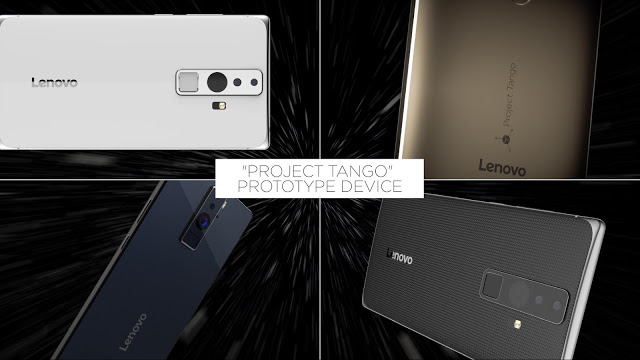Lenovo is building the first device for Google’s forthcoming Project Tango 3D mapping platform, which is set to launch this summer.
The platform uses a mix of computer vision, depth sensing and motion tracking to provide a fully three dimensional map of a location.
Google has identified gaming and augmented reality as two use cases of the tech. Unlike GPS, Project Tango’s software works indoors, with Google claiming it could be used to help consumers move around shopping centres or identify the exact location of a specifc product.
Another potential use of Project Tango is shopping with consumers using their smart device to see exactly how a new item of furniture would fit within a room.
Google and Lenovo have issued a call for developers to produce app proposals for future Project Tango devices, with a development kit released via the Google Store.
The Android company has experience working with Lenovo after it sold its Motorola handset arm to the Chinese manufacturer in early 2014. Lenovo announced this week it would phase out the Motorola brand, with future smartphones likely to boast the “Lenovo Moto” brand.
Johnny Lee, Project Tango Lead, Google, said: “With Project Tango, the smartphone becomes a magic window into the physical world by enabling it to perceive space and motion that goes beyond the boundaries of a touch screen. By working with Lenovo, we’ll be able to make Project Tango more accessible to users and developers all over the world to both enjoy and create new experiences that blends the virtual and real world.”
Chen Xudong, Senior Vice President and President, Mobile Business Group, Lenovo, said: “To break new ground in today’s hypercompetitive smartphone and tablet industries, we must take innovation risks – it’s the only way to truly change the way people use mobile technology.
“Together with Google we’re breaking down silos by working across mobile hardware and software. Turning our shared vision into reality will create a more holistic product experience that captures the imagination of today’s consumer.”


